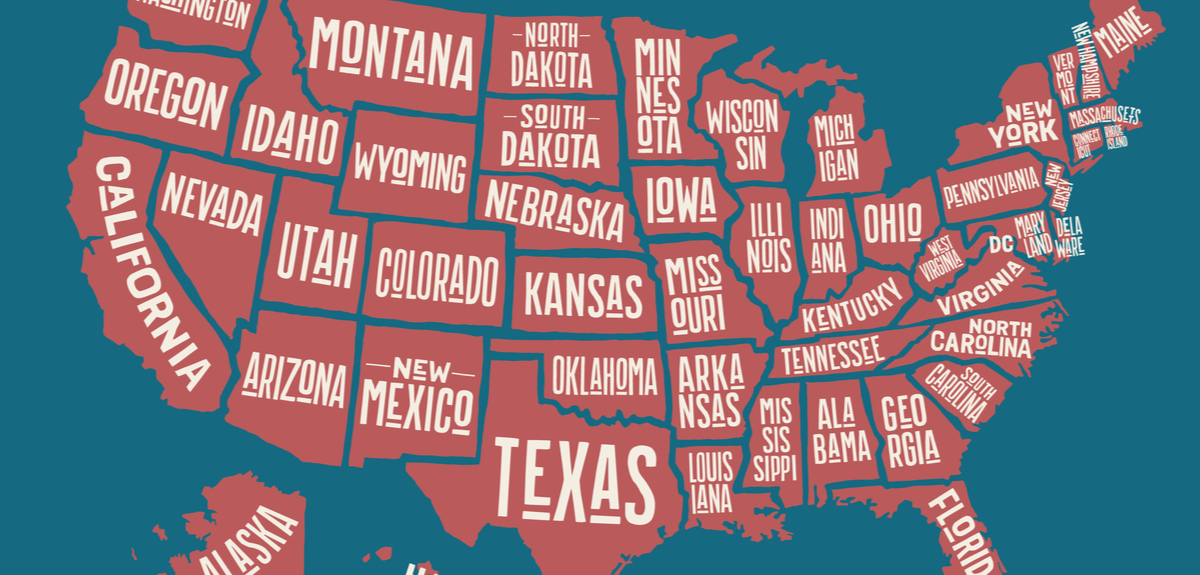Voters in key swing states were exposed to larger amounts of 'junk news' in the run-up to the US presidential election last year, new research has shown.
Analysis by Oxford University's Oxford Internet Institute found that although nationally the ratio of professionally produced news content to junk news was one to one, the level of 'polarising' content – from Russian, WikiLeaks and junk news sources – shared in battleground states was both higher than the national average and higher than the average in less competitive states.
The researchers say this type of content uses divisive and inflammatory rhetoric, and presents faulty reasoning or misleading information to manipulate the reader's understanding of public issues and feed conspiracy theories.
Of the 16 swing states identified as such by the non-partisan National Constitution Center in November 2016, 11 had levels of junk news higher than the national average, based on the researchers' calculations. Arizona was the swing state with the highest junk news concentration, followed by Missouri, Nevada and Florida. States that were not hotly contested had, on average, lower levels of junk news.
Many of the swing states receiving highly concentrated doses of polarising content were also among those with large numbers of votes in the Electoral College. For example, Florida, Arizona and Missouri all featured in the top 12 states ranked according to the researchers' junk news index.
The analysis was based on more than 7 million tweets collected between 1-11 November 2016 that contained evidence of physical location and used hashtags relating to politics and the election in the US.
Junk news, as defined by the researchers, can include fake, hyper-partisan or emotionally charged news content, much of which is deliberately produced false reporting. The study also took into account content from Russian sources and WikiLeaks.
Senior researcher Professor Philip Howard from the Oxford Internet Institute said: 'We were surprised to find that the ratio of professionally produced news to junk news on Twitter was around one to one. Adding in content from Russia Today and unverified WikiLeaks rumours means that a really large portion of the political news and information being shared over social media was misleading.'
Study co-author Lisa-Maria Neudert from the Oxford Internet Institute added: 'Social media is increasingly becoming a centre of attention of public life. Worldwide political actors and governments have been deploying a combination of algorithms and propaganda – computational propaganda – to manipulate opinion during pivotal moments of public life such as elections and referenda.
'The World Economic Forum recently identified the spread of misinformation online as one of the top ten threats to society. At the same time social media is emerging as a prominent source of news among users worldwide. This study substantiates that during the 2016 US election polarising content was frequently shared on social media.'
